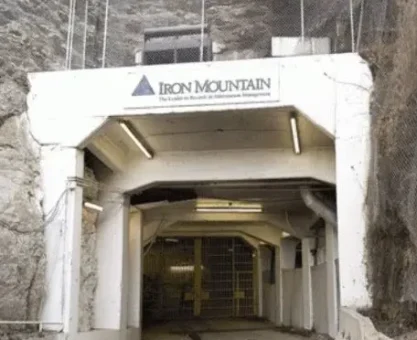As you know, it’s important to be aware of blind spots when you’re driving otherwise you may suffer serious consequences. The same holds true if you’re not aware of blind spots in your FERS retirement plan. Here are the top five you need to consider.
1. The Delay Of Your First Pension Check
Unfortunately, an immediate FERS retirement doesn’t literally mean you’ll get your first pension check as soon as you retire. Around the third month into retirement, you’ll start receiving 80% of your annuity. By the sixth month, you should start getting your full net annuity. However, if your retirement application is incomplete, it may take longer. Do you have a plan for covering expenses during the wait?
2. The Importance Of The FEHB 5-Year Rule
If you overlook requirements for continuing FEHB in retirement, you’ll end up losing this valuable benefit forever. To qualify, you must retire with an immediate annuity and be continuously enrolled in a FEHB plan for the five years of service immediately preceding retirement (or, if less than five years, for all service since your first opportunity to enroll). Years covered under TRICARE count as long as you’re covered under FEHB when you retire.
“Year after year, studies show inflation impacts retirees harder even after Cost-of-Living Adjustments (COLAs) increase their federal benefits.”
3. The Reality Of Inflation
Without including failsafe protection against inflation in your retirement plan, you run the risk of outliving your money. Year after year, studies show inflation impacts retirees harder even after Cost-of-Living Adjustments (COLAs) increase their federal benefits. And, when the uncertainty of inflation causes stock market volatility, it lowers TSP earnings. Can your retirement income take the hit?
4. The Threat Of High Interest Consumer Debt
Carrying high-interest consumer debt into retirement is a huge blind spot. When interest rates and balances on credit cards are high, keeping up with payments gets more and more difficult on a fixed income. As a result you may have to increase the amount and frequency of your Thrift Savings Plan (TSP) withdrawals depleting your nest egg when you need it the most: in the final years of retirement.
5. The Potential Need For Non-Medical Long-Term Care
Once you turn 65, you have a near 70% chance of needing long-term care that’s not covered by FEHB or Medicare when you’re older. As of 2023, a semi-private room in a nursing home averages $110,000 annually. Without long-term care (LTC) insurance, you’ve got a blind spot that can wipe out your TSP.
Connect with an FRC® trained advisor to discuss these and other potential blind spots in your retirement plan before it’s too late.


























